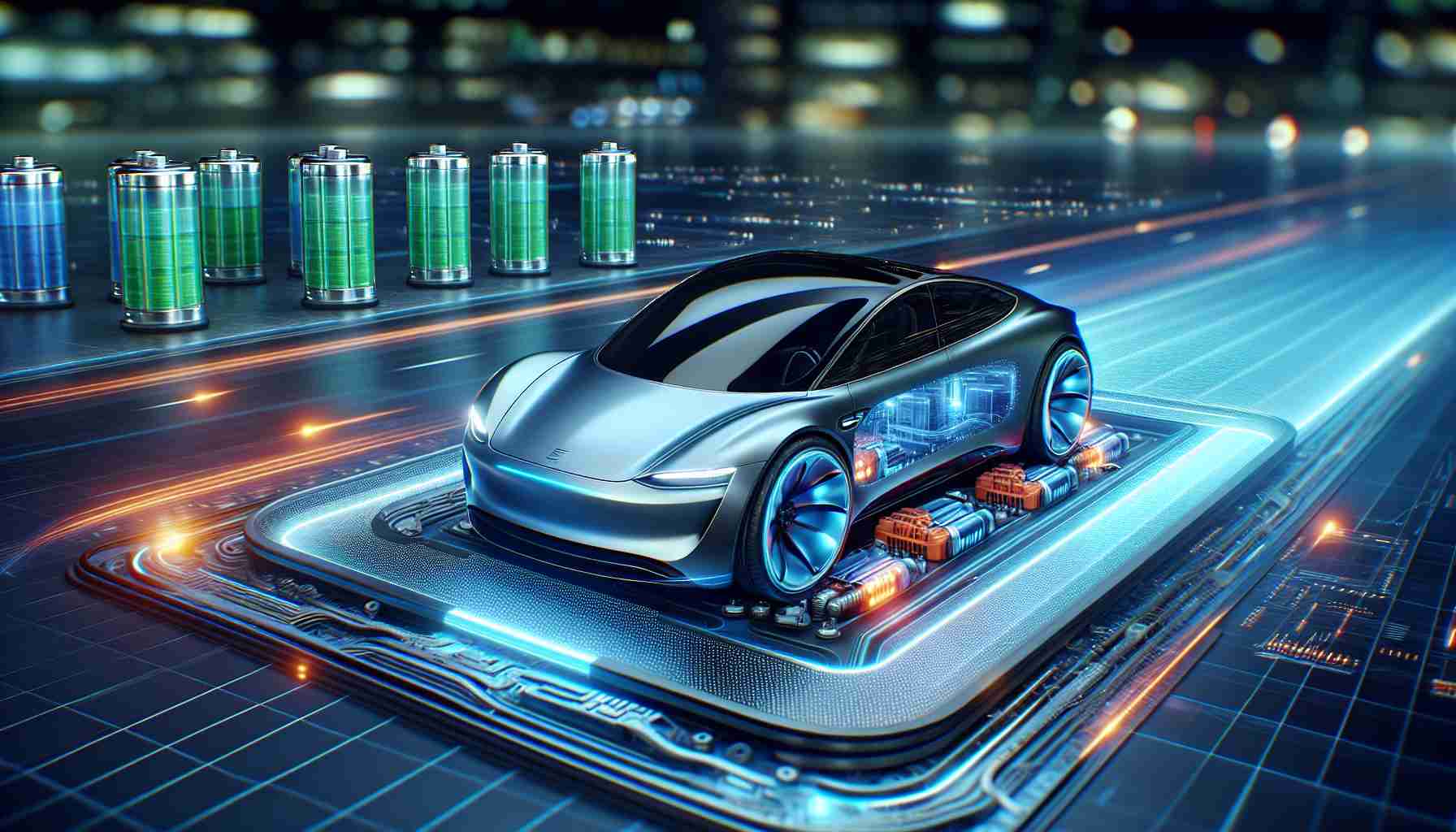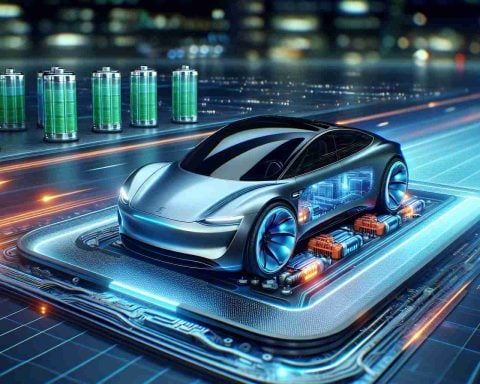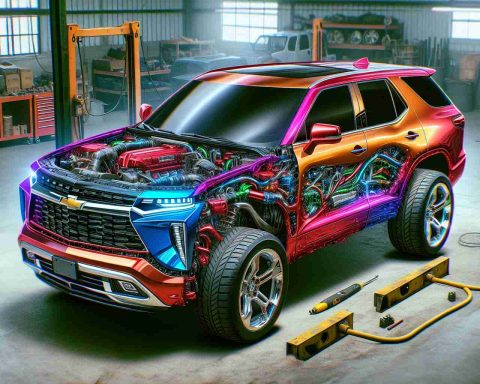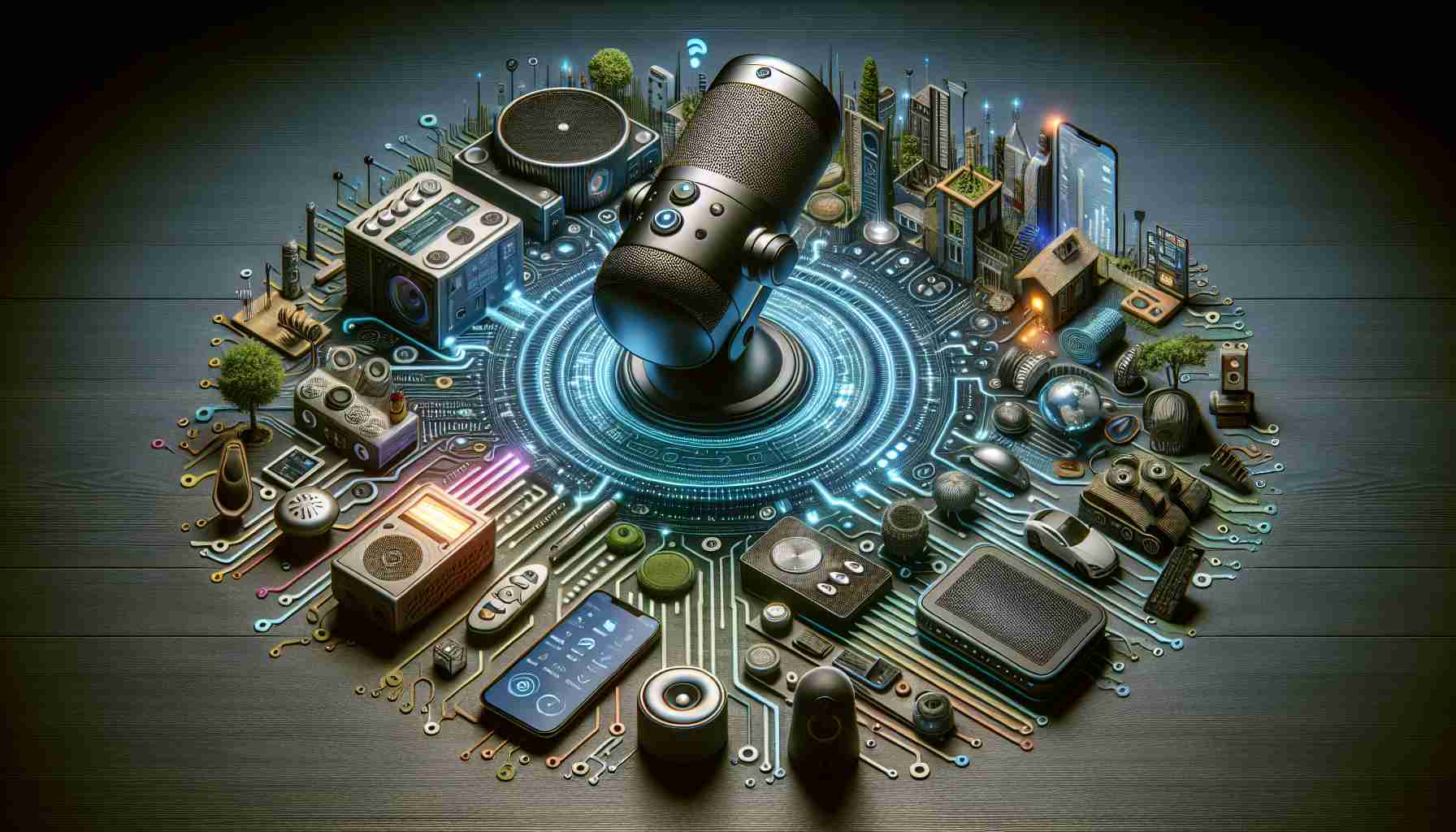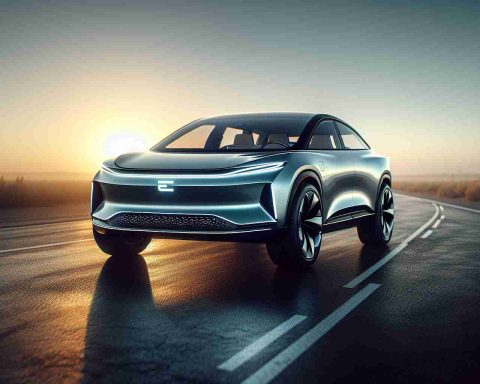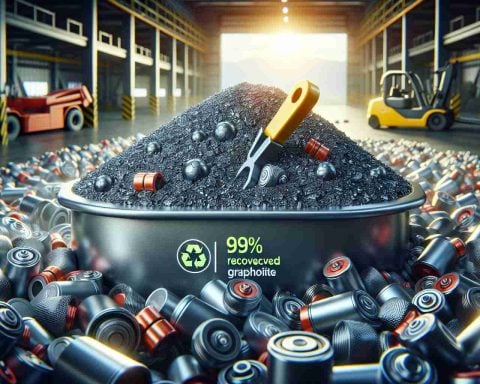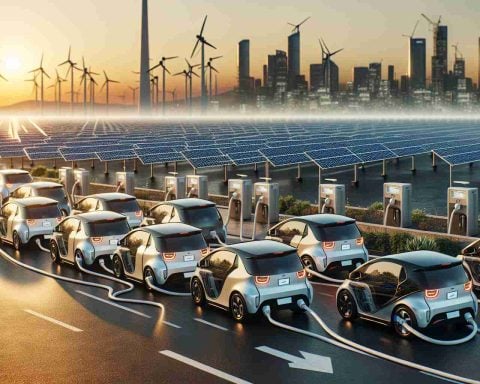- Hyundai is on the brink of unveiling a revolutionary solid-state battery technology, promising vast improvements in range and charging speed.
- The ‘Dream Battery’ aims to overcome current battery limitations by being lighter, more power-dense, and offering rapid charging with increased safety.
- Hyundai envisions electric vehicles achieving an optimal balance with ranges of 500-600 kilometers per charge, focusing on lightweight, cost-effective batteries.
- This innovation marks Hyundai’s strategic pivot from traditional battery suppliers like CATL, exploring collaborations with GM and other brands.
- Hyundai’s launch positions it amid fierce electric vehicle competition, with Toyota and Nissan also pursuing advancements in this arena.
Hyundai stands on the brink of a revolution, poised to transform the electric vehicle landscape. The anticipated unveiling of their next-generation solid-state battery promises to redefine both range and charging speed. As the tides of innovation rise, Hyundai’s Uiwang Research Center in Gyeonggi becomes ground zero for this technological leap, where the batteries will undergo pioneering pilot testing.
Dubbed the ‘Dream Battery’, this cutting-edge power source aspires to dissolve the barriers of current battery limitations. Solid-state technology, with its firm composition, edges ahead by being lighter and more power-dense. This evolution offers an intriguing promise: swift charging without overheating, coupled with enhanced safety—fire risks dwindle when punctures become mere inconveniences instead of threats.
Hyundai projects a world where electric vehicles balance long-distance travel with nimble efficiency. Instead of championing super-extended ranges, automakers envision a sweet spot at around 500 to 600 kilometers per charge, marking a prudent shift towards lighter, cost-effective batteries that may even tip the scales in pricing against their combustion predecessors.
This movement marks Hyundai’s strategic pivot away from current battery suppliers like China’s CATL. These soon-to-be-launched batteries will energize not only Hyundai vehicles but also models from Kia, Genesis, and even some under General Motors’ umbrella. In fact, a budding collaboration with GM hints at possible co-development of an innovative line of utes.
As several automakers, including Toyota and Nissan, vie for prominence in this fiercely competitive race towards mass production, Hyundai’s launch shines brightly on the horizon. The unveiling is imminent, and the automotive world braces for impact. Electric cars are charged with new possibilities, waiting to set tracks ablaze.
Revolutionizing the Electric Car Market: Hyundai’s Game-Changing Solid-State Battery
How-To Steps & Life Hacks for Maximizing Electric Vehicle Battery Life
1. Regular Charging: To prolong battery life, avoid letting your battery drain completely. Charge your electric vehicle (EV) regularly and maintain a charge level between 20% and 80%.
2. Optimal Temperatures: Extreme temperatures can affect battery performance. Park your EV in a garage or use thermal management features to protect it.
3. Gentle Acceleration: Rapid acceleration uses more power and can reduce battery efficiency. Drive smoothly to optimize your battery’s performance.
4. Software Updates: Keep your vehicle’s software up to date, as manufacturers often release updates to improve battery efficiency and longevity.
Real-World Use Cases of Hyundai’s Solid-State Batteries
Hyundai’s solid-state batteries are set to power EVs with a range of 500 to 600 kilometers. This capability makes them ideal for:
– Daily Commutes: The range comfortably covers typical daily commutes, reducing the need for frequent recharging.
– Long-Distance Travel: Families planning road trips can benefit from fewer charging stops, making long drives more convenient.
– Fleet Vehicles: Commercial fleets can reduce downtime with faster charging capabilities, enhancing operational efficiency.
Market Forecasts & Industry Trends
According to Allied Market Research, the solid-state battery market is projected to reach $36 billion by 2030, growing at a CAGR of 67% from 2022 to 2030.
Reviews & Comparisons
Solid-state batteries are often compared to liquid lithium-ion batteries. Advantages of solid-state batteries include:
– Increased Energy Density: More power stored in the same space.
– Enhanced Safety: Reduced risk of fire and overheating.
However, some criticisms include the current high production costs and challenges in scaling manufacturing.
Controversies & Limitations
While solid-state batteries promise significant advantages, concerns remain over:
– Manufacturing Scale: The technology is still relatively new, with few large-scale manufacturers.
– Cost: High production costs may initially limit affordability despite potential cost reductions over time.
Features, Specs & Pricing
– Energy Density: Expected to be 2.5 times greater than traditional lithium-ion batteries.
– Expected Pricing: While precise figures are unavailable, initial costs are expected to be higher than current battery technologies.
Security & Sustainability
Solid-state batteries reduce the safety risks associated with liquid electrolytes, such as leakage and explosion. From a sustainability perspective, they require fewer raw materials, potentially lowering the environmental impact.
Insights & Predictions
Industry experts predict a significant shift in automotive design to accommodate solid-state batteries’ advantages, including reduced size and weight. As solid-state technology matures, these batteries are expected to become standard for new EV models by the late 2020s.
Tutorials & Compatibility
For those acquiring a vehicle with solid-state batteries, understanding the difference in charging protocols compared to traditional lithium-ion is crucial.
Pros & Cons Overview
Pros:
– Faster charging times and longer range.
– Greater safety due to reduced risk of fire.
– Enhanced efficiency and lightweight design.
Cons:
– Initially more expensive.
– Limited availability in the early stages of market entry.
Actionable Recommendations & Quick Tips
– Invest Wisely: Future-proof your EV purchase by considering models that will soon be compatible with solid-state batteries.
– Follow Developments: Regularly check for updates from Hyundai and other manufacturers regarding new releases.
– Stay Informed: Keep abreast of advancements and potential government incentives for adopting cutting-edge EV technology.
For more information, visit the Hyundai official website.
Solid-state technology is poised to redefine the EV landscape, offering environmental and economic benefits. Anticipate a wave of innovation as Hyundai and competitors unlock the full potential of solid-state batteries.
